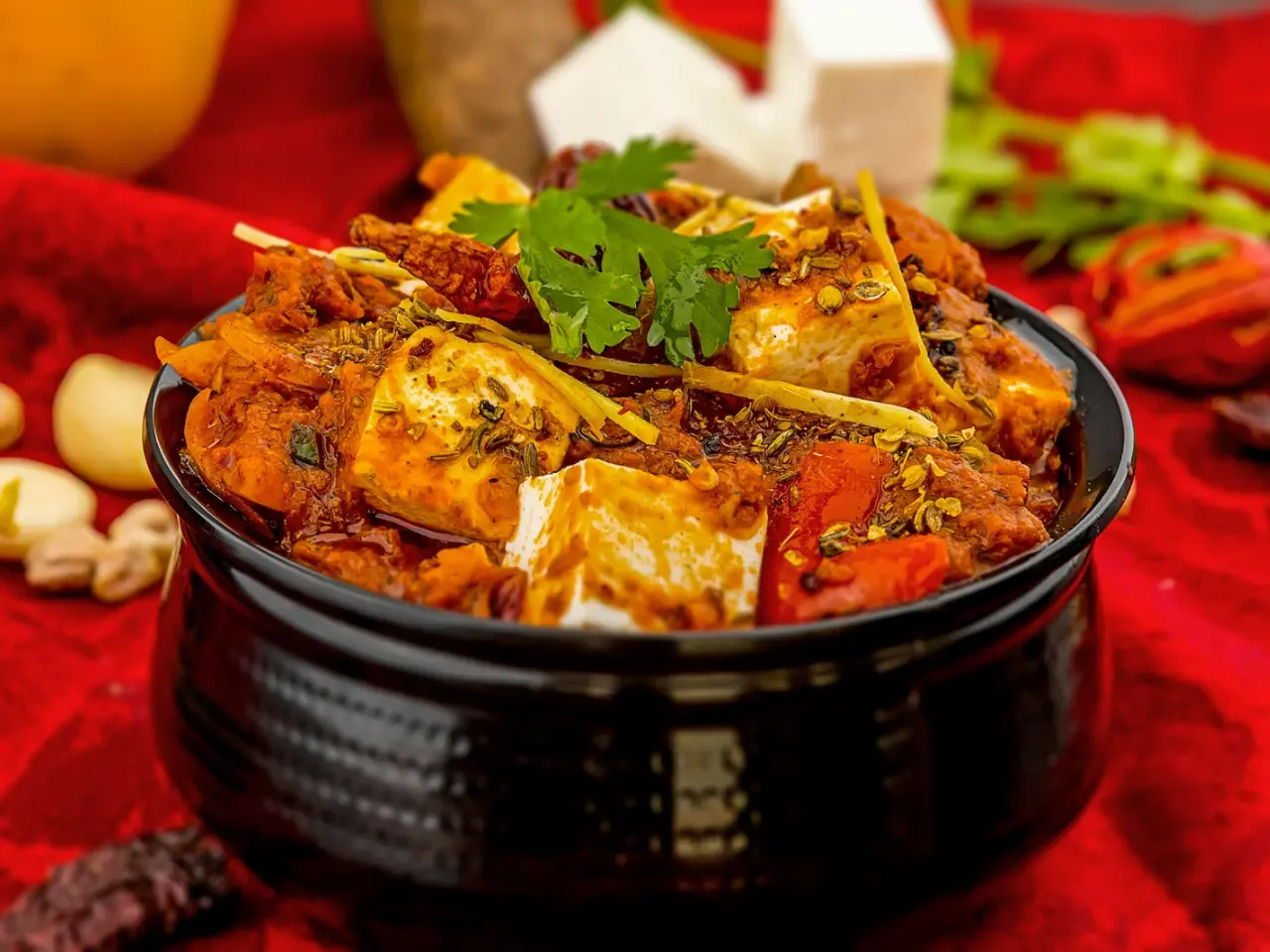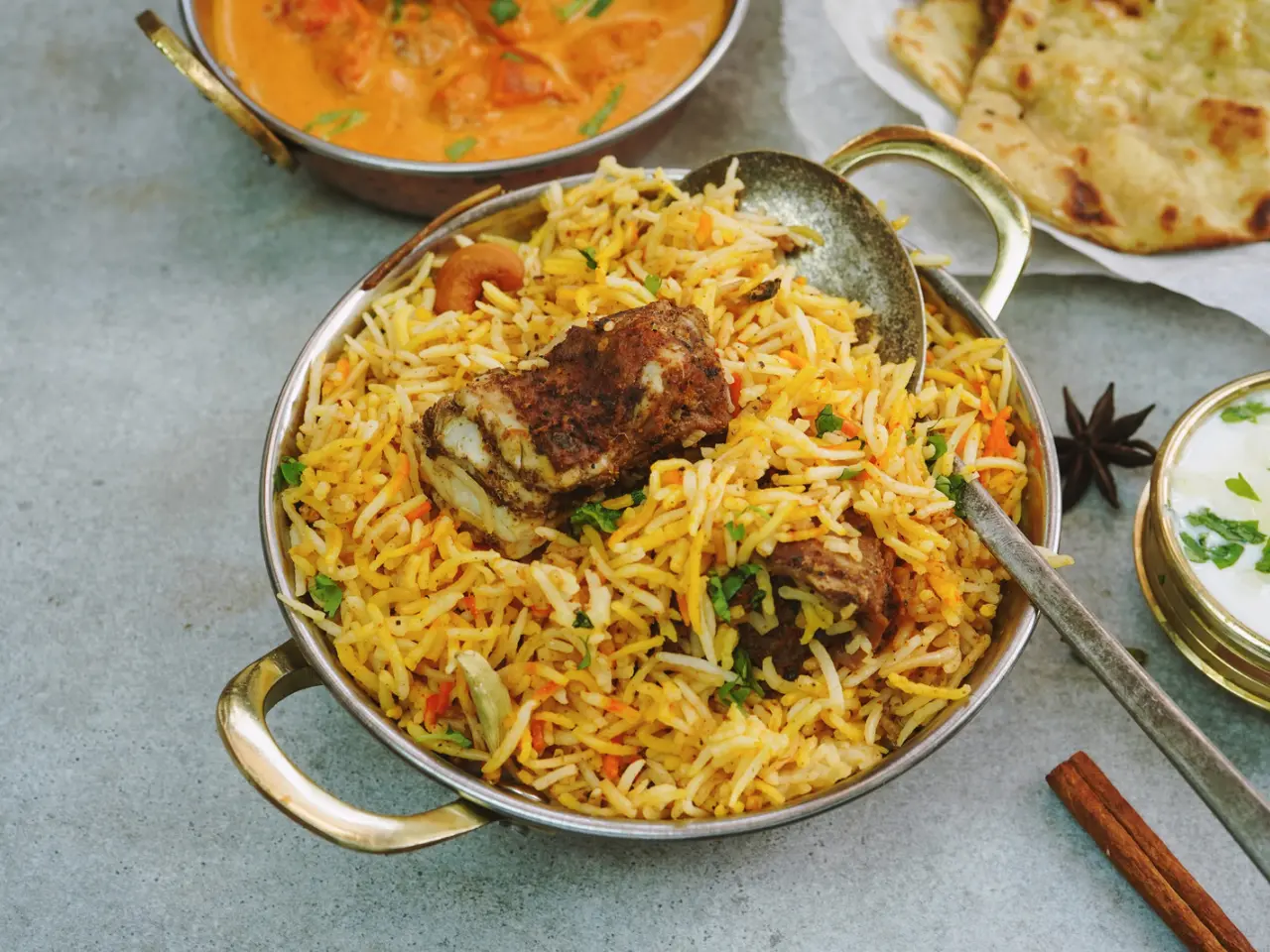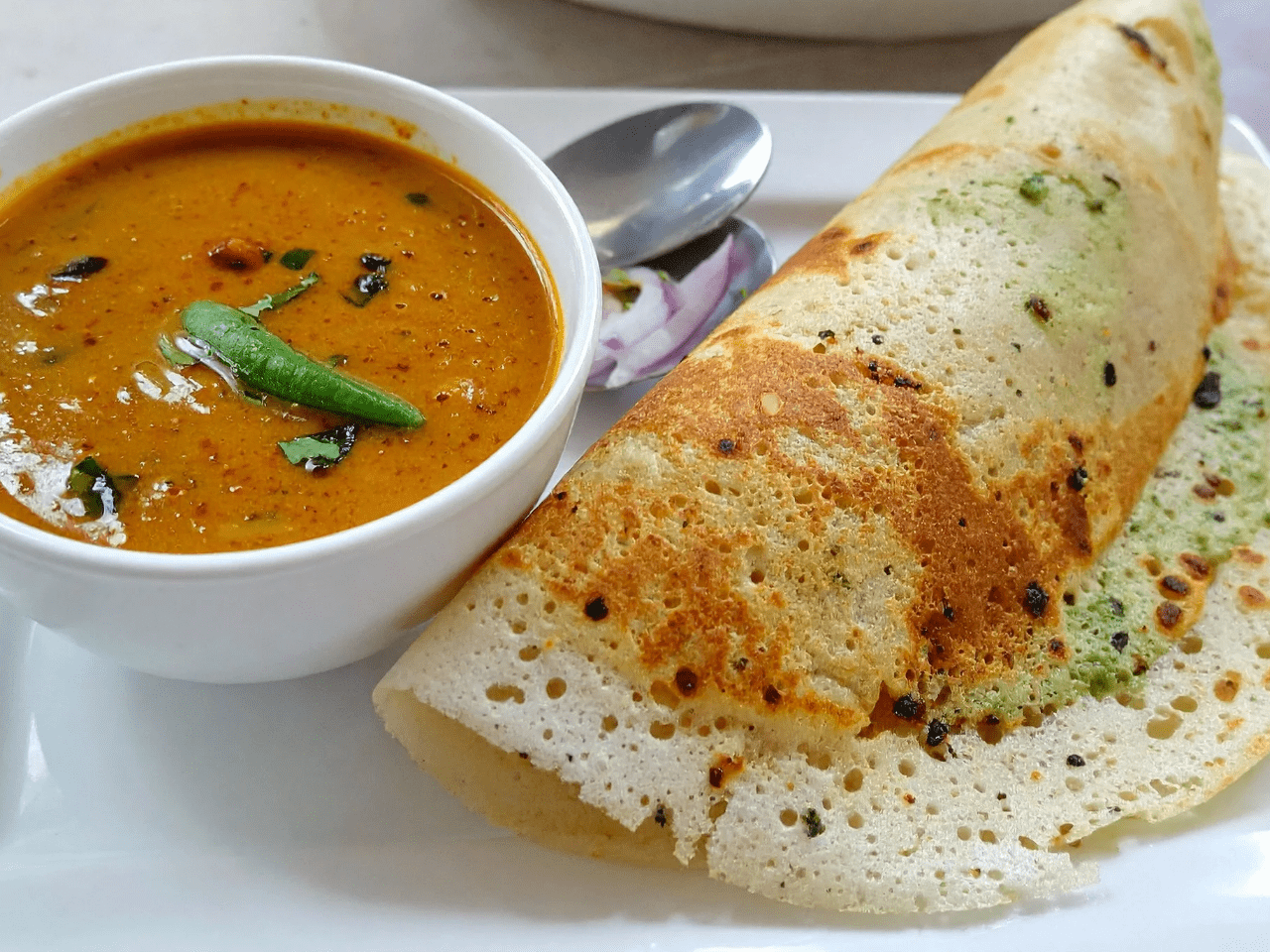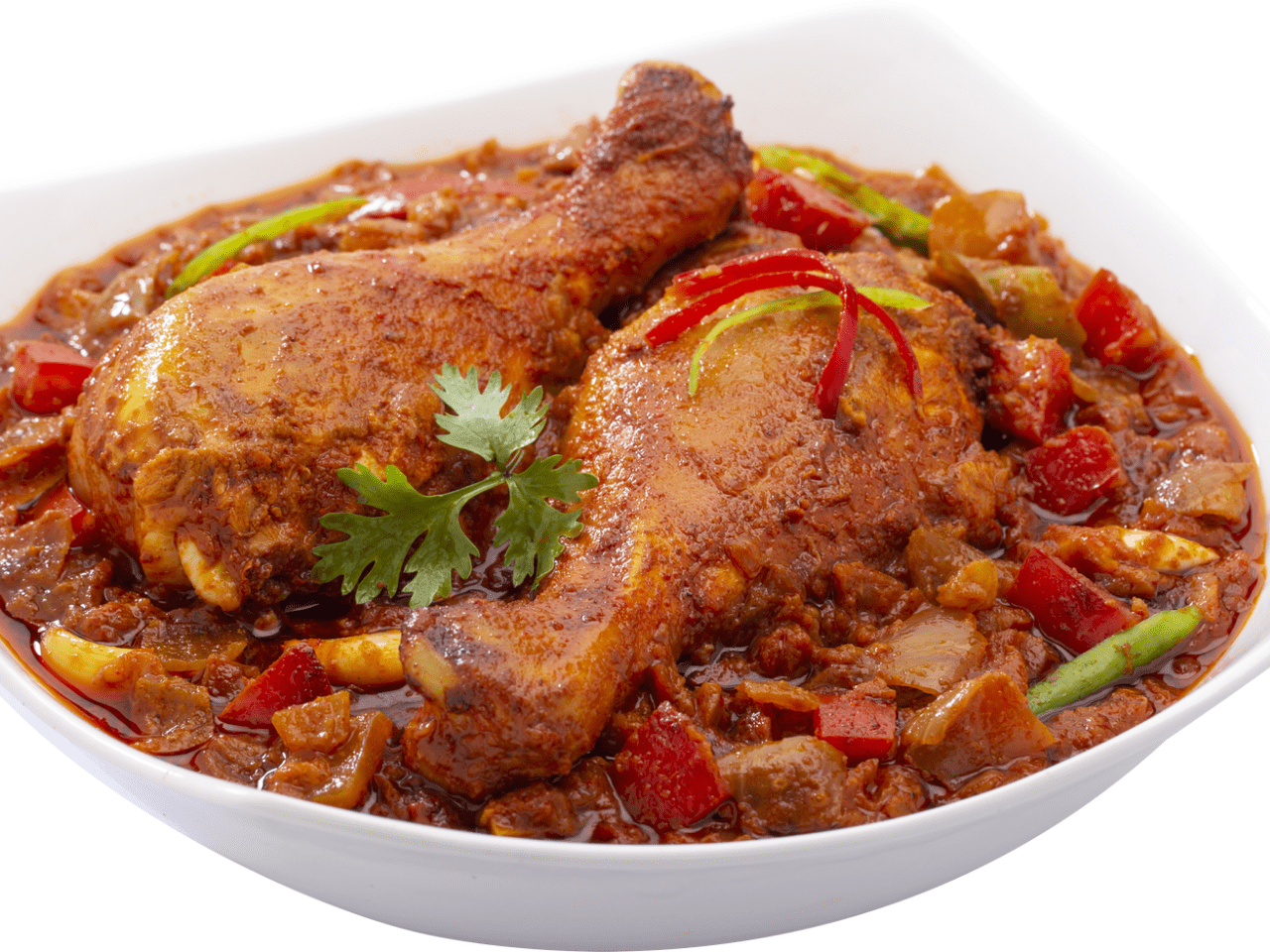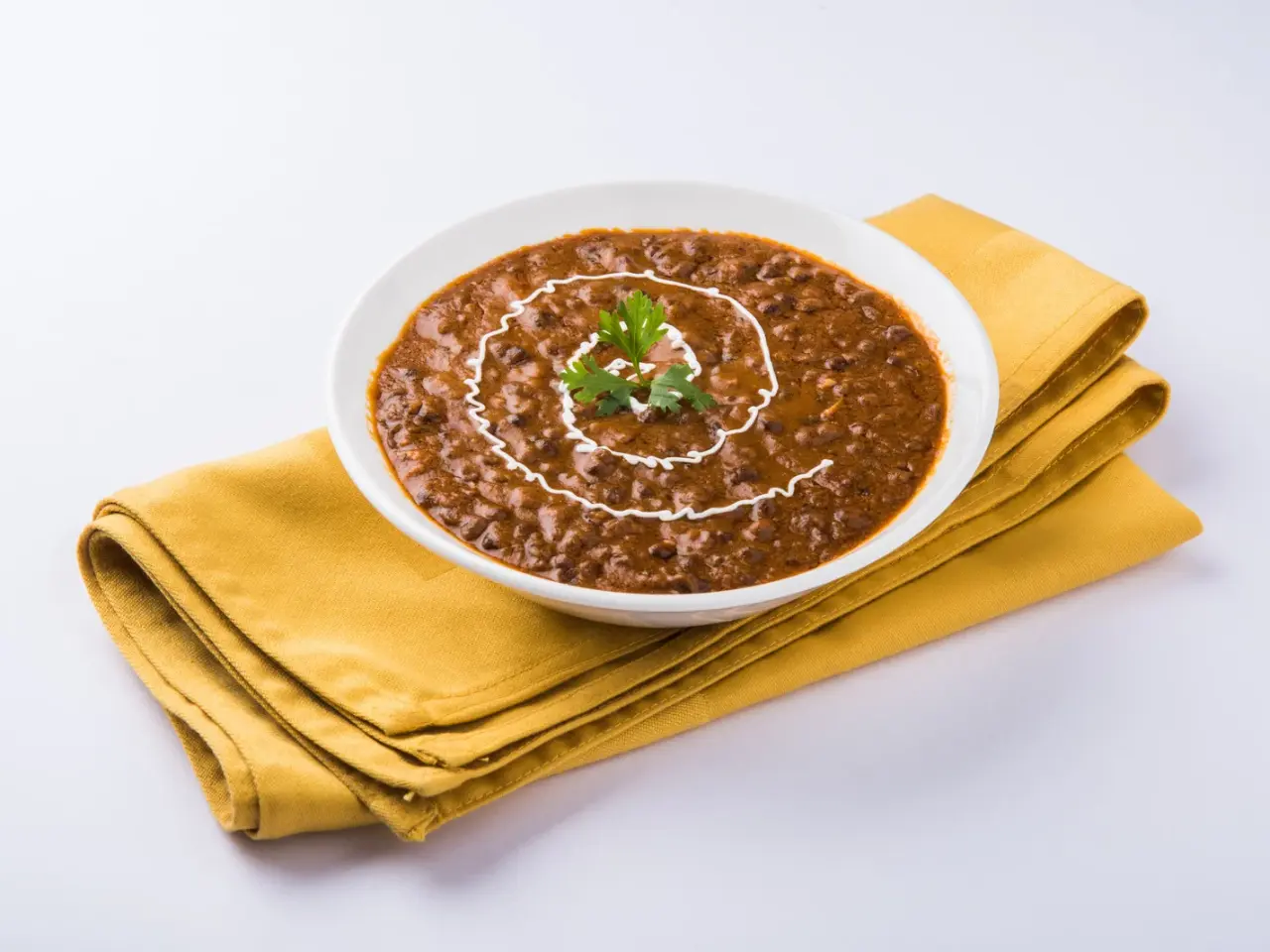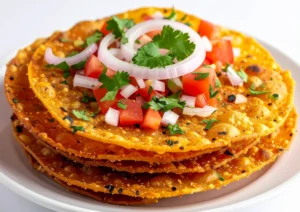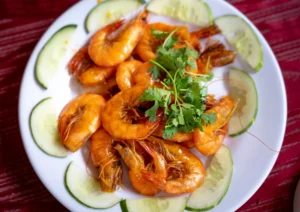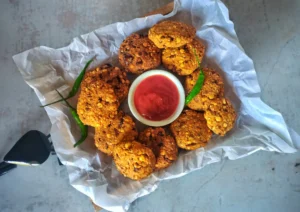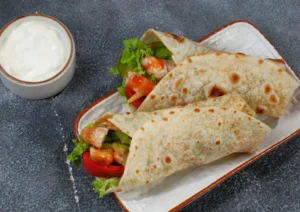Introduction
Rasam Rice, or Rasam Sadam, is more than just food—it’s a warm, tangy, and soothing embrace in a bowl. Loved by millions across South India,
this dish combines the bold flavors of spices with the gentle comfort of rice. Whether you are a child, a busy professional, or an elderly person looking for something light yet flavorful, rasam rice is a meal that feels like home. It’s quick to make, easy to digest, and carries the wisdom of centuries-old South Indian cooking traditions.

What is Rasam Rice?
Rasam itself is a thin, spicy-sour broth, typically made using tamarind extract, tomatoes, and a mix of spices like cumin, pepper, turmeric, mustard seeds, and curry leaves. It is often served alongside rice, but when the two are combined into one pot, you get rasam rice—a complete, wholesome meal that can be enjoyed at any time of day.
The dish is especially popular during rainy days, cool evenings, or when you’re recovering from illness. In many South Indian households, it’s the go-to comfort food that can be made in minutes.
Why People Love Rasam Rice
1. Universal Comfort Food – It’s light on the stomach yet satisfying. Perfect for children, adults, and seniors alike.
2. Quick & Simple – Requires basic ingredients and takes less than 30 minutes to prepare.
3. Healing Properties – The spices in rasam, such as pepper and cumin, help digestion, fight colds, and clear sinuses.
4. Budget-Friendly – Uses everyday pantry ingredients without compromising taste or nutrition.
5. Versatile – You can enjoy it plain or add vegetables, lentils, or even quinoa for variety.
Nutrition at a Glance
One serving of rasam rice approximately 1 cup of cooked rice paired with 1 cup of rasam — provides the following nutritional values:
Calories – 230–260 kcal
Protein – 5–7 g
Carbohydrates – 45–50 g,
Vitamin C – From tomatoes and tamarind,
Antioxidants – From black pepper, cumin, and turmeric
The dish is low in fat, naturally gluten-free, and can be vegan-friendly if made without ghee.
Health Benefits of Rasam Rice
Aids Digestion – Tamarind, cumin, and pepper stimulate digestive enzymes.
Relieves Cold & Cough Pepper and garlic act as natural decongestants.
Boosts Immunity – The antioxidants in turmeric and curry leaves help protect the body and keep your immune system strong.
Hydrating & Light – Ideal for those recovering from illness or for hot summer days.
Soothes the Stomach – Gentle on digestion, making it suitable for toddlers and elders.
How to Make Rasam Rice Step by Step
Ingredients (Serves 2–3):
Cooked rice – 2 cups
Tamarind extract – 1 cup (or soak tamarind in warm water and extract pulp)
Tomatoes – 2 medium, chopped
Toor dal (split pigeon peas) 1 tbsp (optional, adds richness and texture)
Rasam powder – 1 tsp (or homemade spice mix of cumin, pepper, coriander, chili)
Turmeric powder – ¼ tsp
Asafoetida (hing) – a pinch
Salt – to taste
Fresh coriander leaves – for garnish
Tempering:
Mustard seeds – ½ tsp
Cumin seeds – ½ tsp
Curry leaves – 8–10
Garlic cloves – 2, lightly crushed (optional)
Ghee or oil – 1 tbsp
Method:
1. Prepare Tamarind Base – In a saucepan, mix tamarind extract, chopped tomatoes, turmeric, salt, and rasam powder. Bring to a gentle boil.
2. Cook Dal (Optional) – If using dal, cook it separately until soft and mash it before adding to the tamarind base.
3. Simmer – Let the mixture boil for 5–7 minutes so the flavors blend well.
4. Make Tempering – Heat ghee or oil in a small pan. Add mustard seeds, let them splutter, then add cumin seeds, curry leaves, garlic, and hing. Fry until aromatic.
5. Combine – Pour the tempering into the rasam base and mix well.
6. Mix with Rice – Add cooked rice and gently mix without breaking the grains.
7. Serve – Top with fresh coriander leaves and enjoy while hot







Serving Suggestions
Classic Style: Serve with crispy papad and tangy pickle on the side.
Health Boost: Add spinach, drumstick, or carrots to enhance nutritional value.
Fusion Twist: Swap rice with quinoa or millets for a modern, healthy variation.
Meal Combo: Pair with curd rice or vegetable poriyal to create a wholesome South Indian thali.
Cultural Significance
In South Indian tradition, rasam is typically served after sambar in the classic meal sequence. It is cherished not just for its taste but also for its believed ability to cleanse the palate and aid digestion. During the monsoon season, rasam rice becomes a household favorite — warming the body and comforting the soul. Beyond its culinary value, it holds emotional meaning: many mothers prepare rasam rice for children living away from home, offering them a taste of comfort, care, and cultural roots.
Tips for the Perfect Rasam Rice
Always use fresh curry leaves for authentic aroma.
Avoid overcooking rasam—it should be thin and slightly tangy.
For a richer taste, use ghee instead of oil in the tempering.
Use freshly ground pepper and cumin for maximum flavor.
Final Thoughts
Rasam Rice is the definition of South Indian comfort food—simple, healthy, and packed with flavor. It’s the kind of dish that can brighten a gloomy day, soothe a tired body, and connect you to the deep culinary traditions of India. Whether you enjoy it on a rainy evening, after a long day’s work, or simply when you crave something homely, rasam rice never disappoints.
If you haven’t yet tried making it at home, give this recipe a go. One bowl, and you’ll understand why generations have loved this humble yet magical meal.


